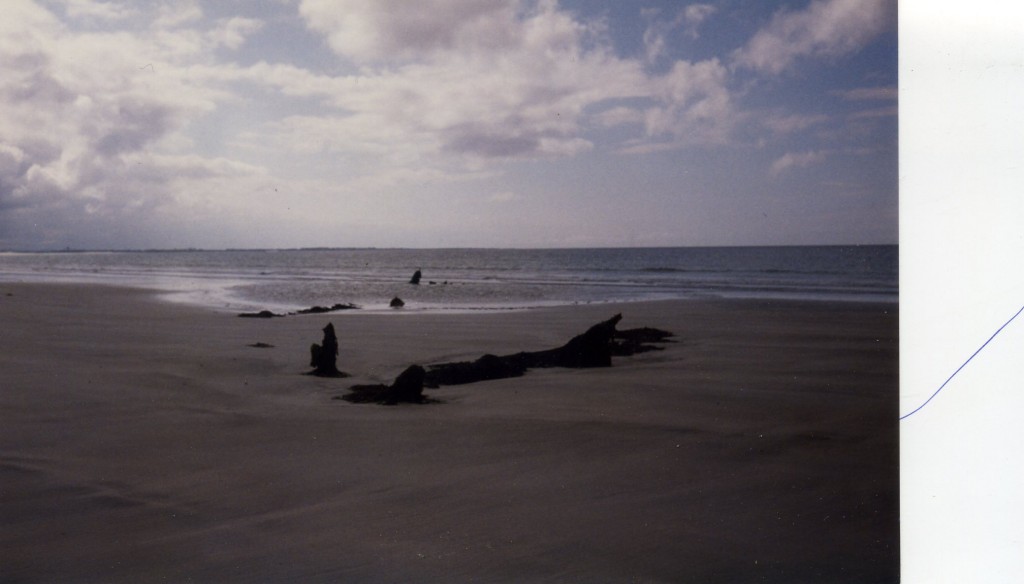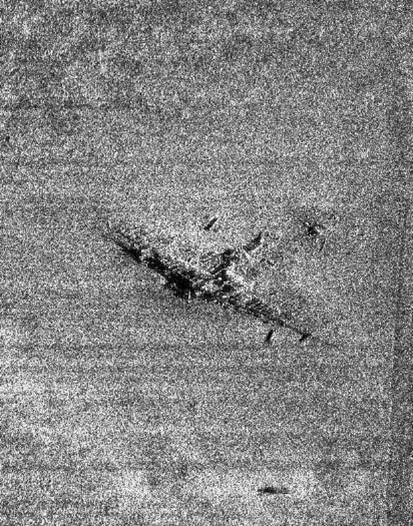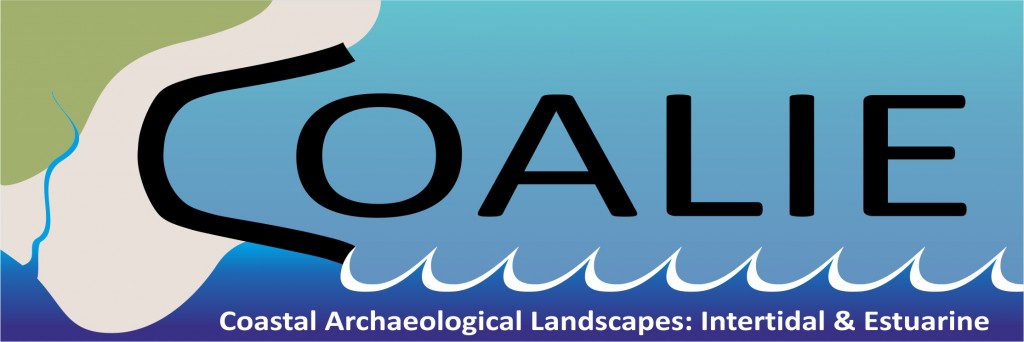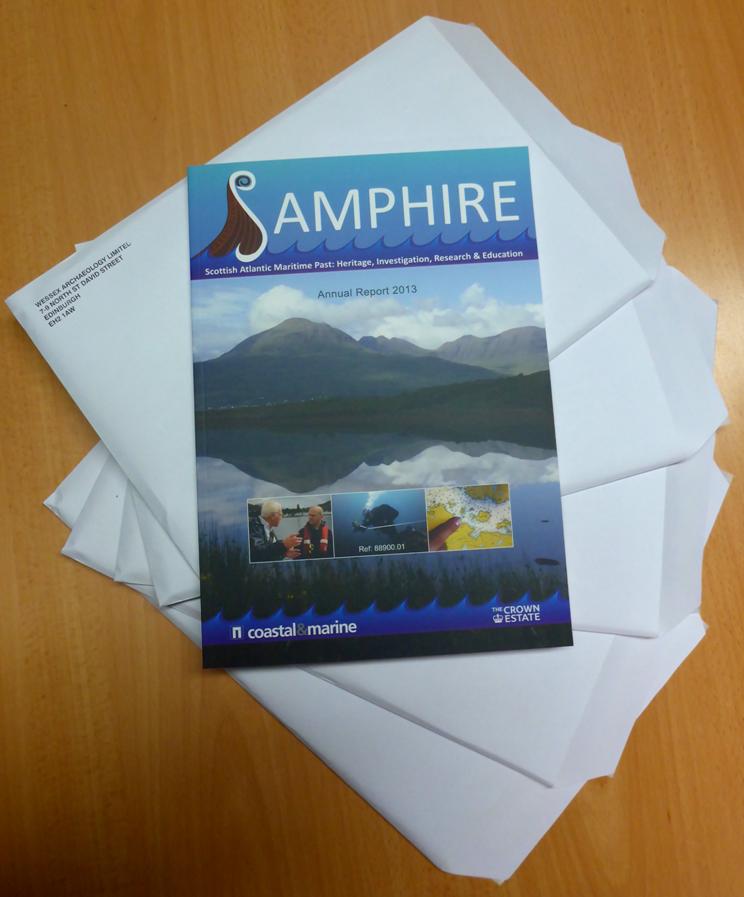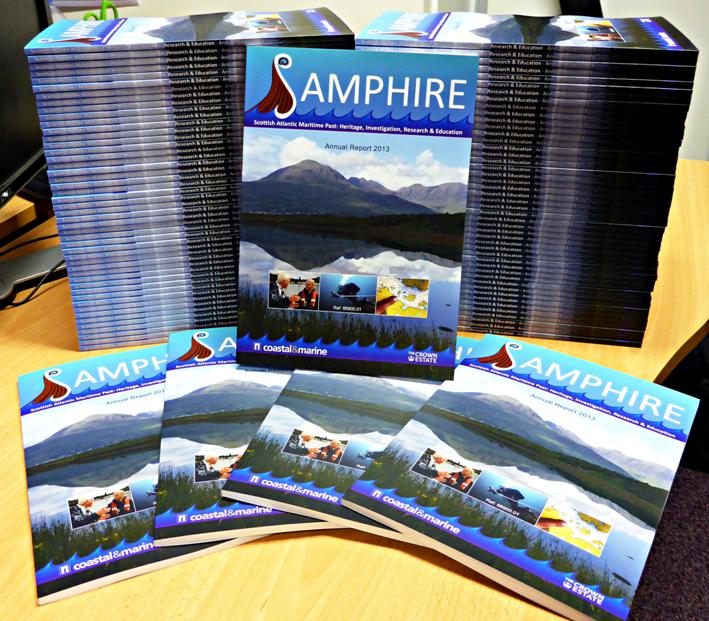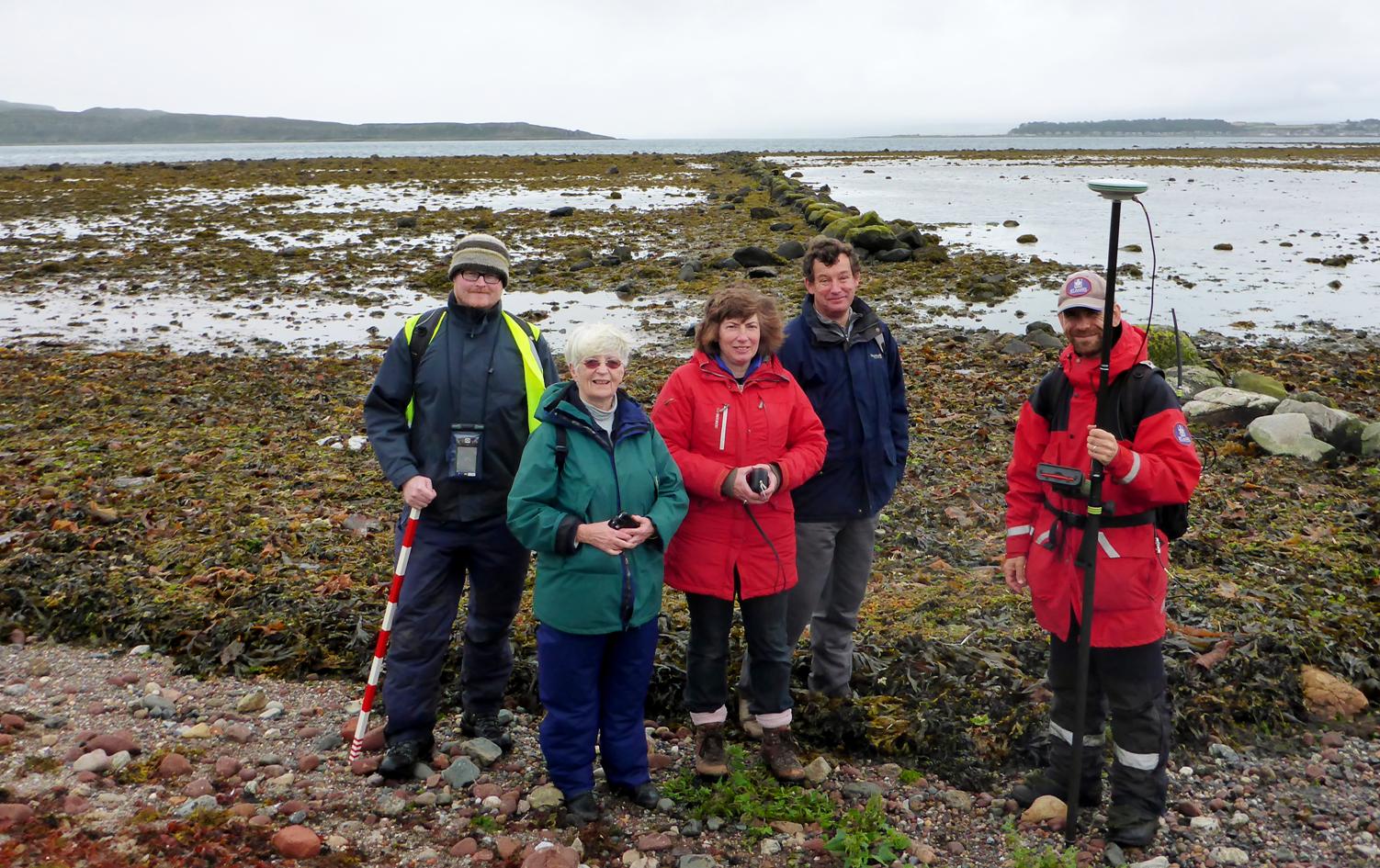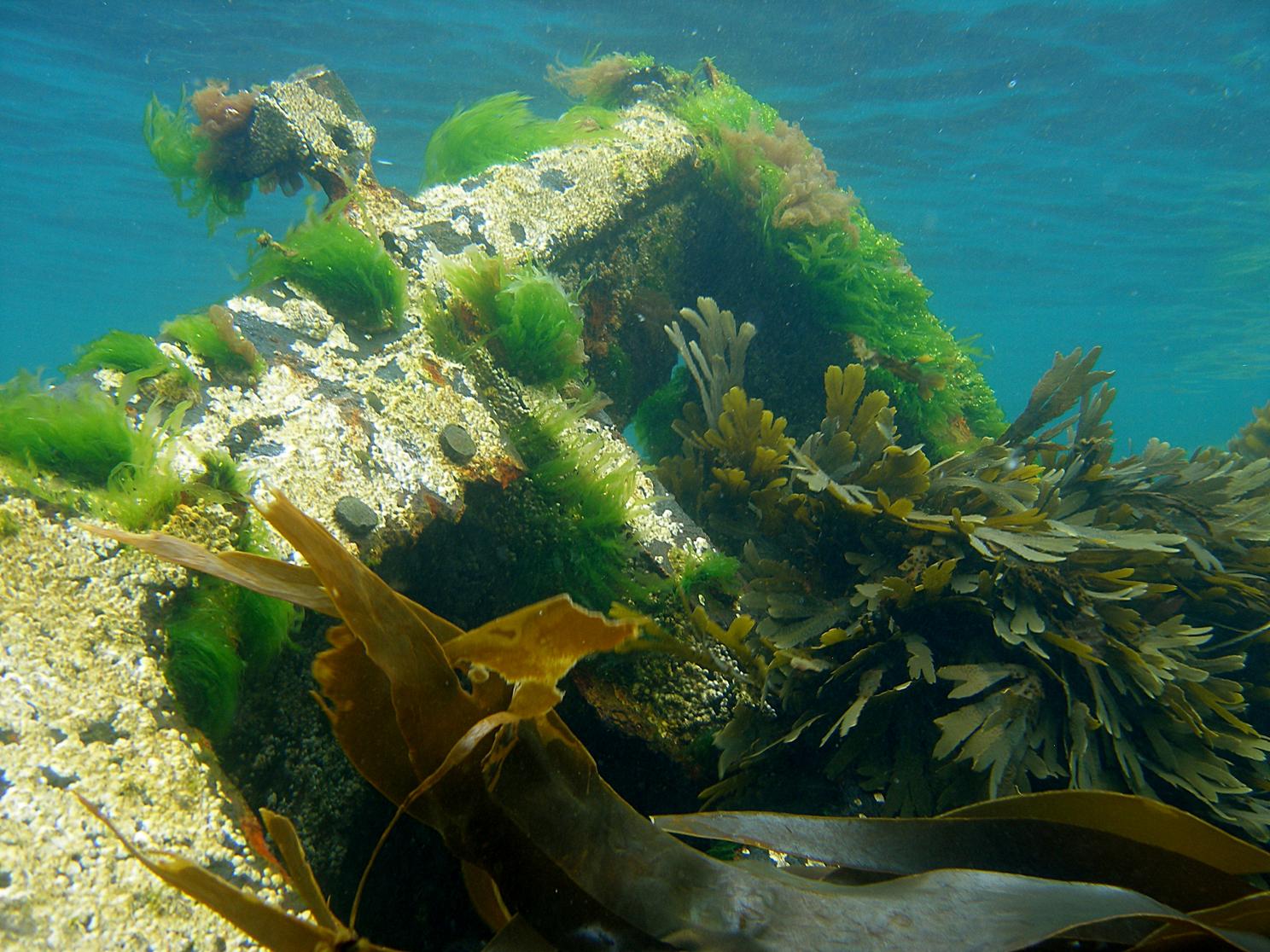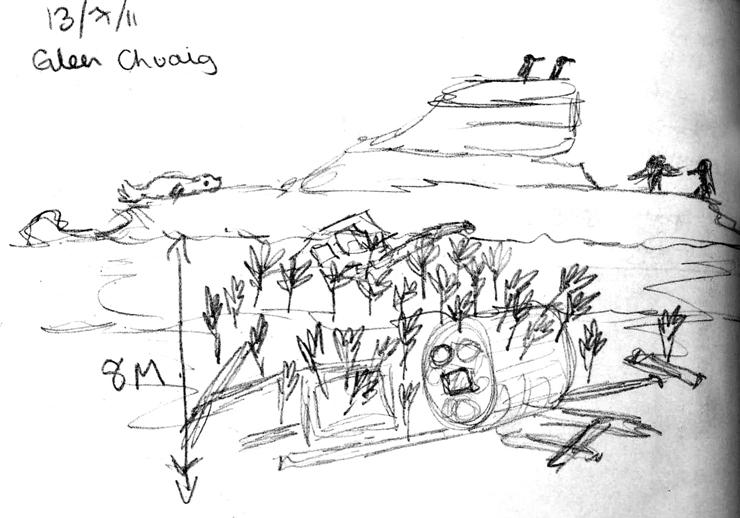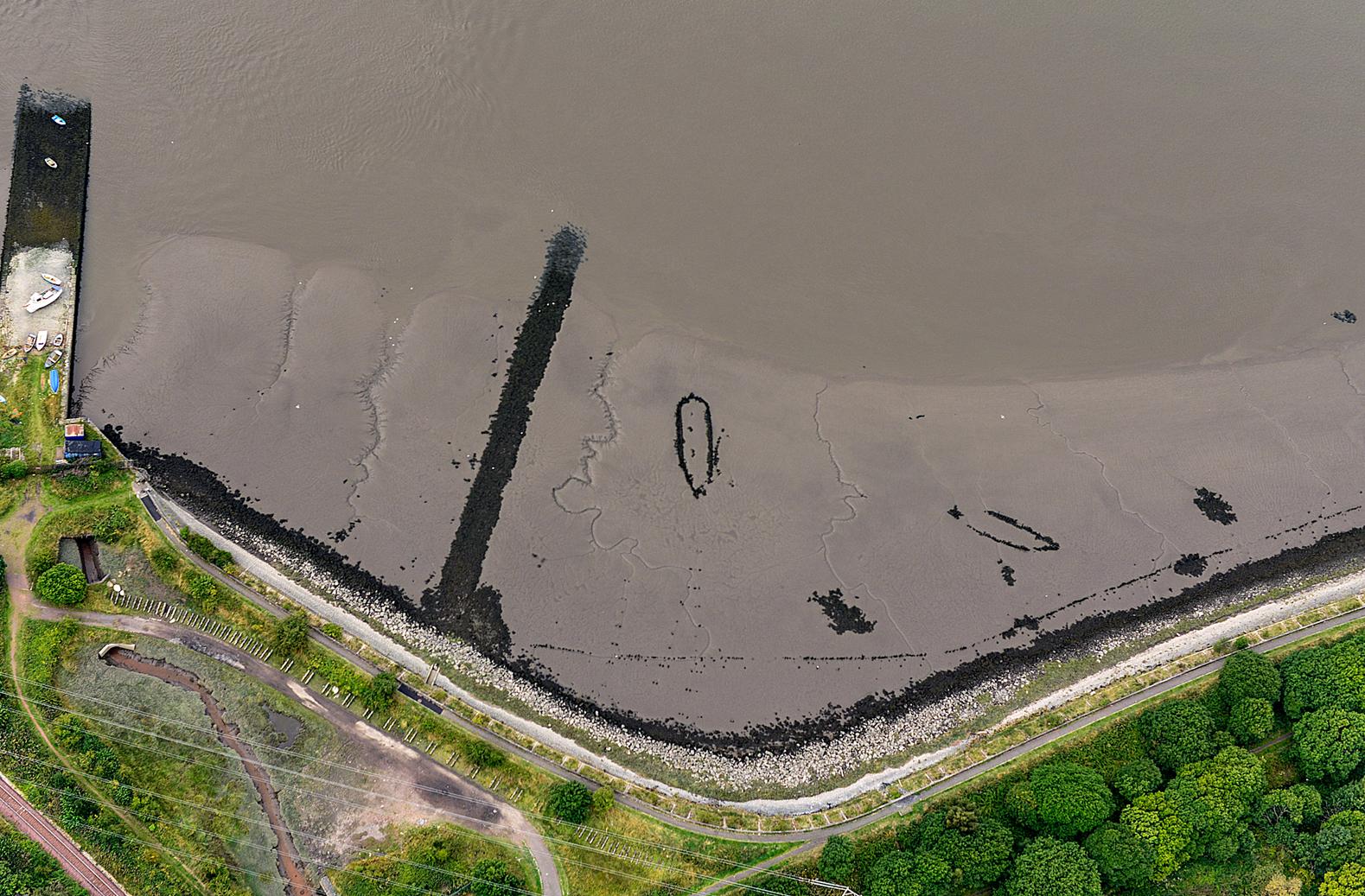Project SAMPHIRE is investigating two wrecks in the Outer Hebrides. One report is of a possible Birlinn the other a sailing vessel lost in 1877, the James A Wright. The story was recently reported in the Stornoway Gazette.
Tag Archives: maritime
Flying boats
One of the flying boats we will be investigating this summer with our friends at the Scottish Association for Marine Science, the Nautical Archaeology Society (through Lochaline Dive Centre) and local divers. The newly surveyed sites including a Catalina and a Sunderland. See some more details on the SAMS website at https://www.maremap.ac.uk/view/activities/news/20140127_wreck.html
If you have any further info on these sites please contact us through the contact page above.
SAMPHIRE in the Stornoway Gazette!
An article on Project SAMPHIRE has been featured in the Stornoway Gazette! They are also planning a follow-up piece with more detailed information on the marine archaeological sites that have been found in the Outer Hebrides so watch this space!
COALIE – a new project for the New Year
Following the success of the Project SAMPHIREs intertidal survey at Hunterston Sands in September last year we have launched a new, dedicated project, the COALIE (Coastal Archaeological Landscapes: Intertidal & Estuarine) Survey Project in partnership with RCAHMS.
The project focuses on investigating coastal and marine heritage on the North Ayrshire coast between Largs and Ardrossan.
We’re particularly interested in placing the sites we examine in a broad historical and geographical context, sites such as abandoned harbours, beacons, fishtraps and other structures. Much of this archaeology is underwater for much of the time and difficult to interpret without detailed historical research or local knowledge.
That is why we are working with local individuals and community groups to integrate their knowledge and experience with marine and coastal archaeology specialists at WA Coastal & Marine and RCAHMS.
Get Involved
If you would like to get involved in field surveys or have finds and sites you would like to look into in more detail in this area of the Outer Clyde please get in touch.
We’re particularly interested in shipwrecks, lost harbours, old fishtraps and other sites and finds along this coastline: we want to hear from you.
Two more years of SAMPHIRE!
Today the Project SAMPHIRE team has issued an official press release announcing the successful completion of the first season and the award of funding for 2014/2015. The Crown Estate has announced a further seventy-five thousand pounds over two years, allowing the Project SAMPHIRE team to continue their investigations on the west coast until the end of 2015. This takes the total amount to over a hundred thousand pounds.
Over the last year the SAMPHIRE team has been meeting with local people on the west coast – including harbour masters, coastguards and diving enthusiasts – asking them to share their knowledge of anything interesting or curious beneath the water. This has led to the discovery of more than 40 archaeological sites including wooden shipwrecks, cannons, ancient anchors, fish traps and more recent small fishing vessels. A digital copy of the report has now been released containing a detailed account of the discoveries.
Some of the most notable sites investigated over 2013 include:
- A series of metal-hulled shipwrecks near Loch Torridon from the 19th/ early 20th centuries;
- Wreckage from a large unidentified 19th century wooden ship wreck near Kinlochbervie Harbour and a similar site at Loch Laxford;
- A ballast mound in the shape of a boat near Lochinver of unknown date;
- Remains of two early 20th century steam drifters on the beaches of the Isle of Lewis and near Applecross;
- A large 17th or early 18th century anchor spotted in the garden of a house near Kinlochbervie which we were subsequently able to trace back to its discovery by a trawlerman who was able to give us coordinates for where it was found and which is thought to indicate a wreck site;
- A Napoleonic cannon on the main street of Shieldaig, well-known to locals but mistakenly thought to be from the Spanish Armada and previously unknown to archaeologists; and,
- Two World War II flying boats on the seabed near Oban.
This year the team plans to work with communities around Oban and the Inner Hebrides but is also asking the public to report any previously unrecorded marine archaeological sites from other parts of Scotland, particularly on the west coast.
The 90-page report has been distributed to individuals who made significant contributions to the project and also to community archives in Skye and the Highlands to complete the information exchange. The team’s findings will also be made available through the RCAHMS archive.
Project SAMPHIRE is led by WA Coastal & Marine in partnership with RCAHMS and Flinders University, and funded by The Crown Estate.
Storms – 16th January 2014
The SAMPHIRE team has been investigating several intertidal wreck sites over the course of 2013. The recent storms have removed much of the beach sand around Scotland’s coast and this has led to numerous archaeological discoveries throughout Great Britain and Ireland.
- A shipwreck was newly exposed and excavated in Newquay
- A wreck dating to 1903 was uncovered in Ireland
- In Wales, a prehistoric forest dating to 10,000 years ago was exposed, along with two cannon from the Napoleanic Era
If you have come across any newly exposed wrecks or similar material this winter we would love to hear it and we may be able to help you investigate with professional archaeologists.
Storms like these also have the potential to erode and damage archaeological sites on land. Prehistoric sites throughout Scotland and Ireland have been impacted by the recent storms including an Iron Age burial in Shetland.
And a coastal midden in Ireland.
Scottish Coastal Archaeology and the Problem of Erosion (SCAPE) is particularly concerned with coastal archaeological sites damaged by storms and erosion. Further information is available at their website.
SAMPHIRE Report 2013
Christmas has come early this year for the SAMPHIRE team and there was great excitement in the Scottish office of WA Coastal & Marine as we unwrapped packages containing 100 bound copies of the SAMPHIRE 2013 Annual Report. These 85 page reports give a summary of all the exciting discoveries of 2013 and a background on what we are trying to achieve with this project, supported by The Crown Estate. We will be posting these out in the New Year to those maritime community members on the west coast of Scotland who have made significant contributions to the project over the last year. We will also be sending copies to RCAHMS and to other community archives on the west coast. To help spread the word as far as possible we will also be posting the report on this website in a digital format shortly.
Intertidal Survey at Hunterston, North Ayrshire 19-20th September 2013
Photos from our recently completed survey of the complex intertidal remains at Hunterston Sands, undertaken with RCAHMS. The remains at the site, which include a possible harbour, lie close to the Mean Low Water Springs mark, meaning that we had to time the survey exactly in order to see all of the features exposed. This also meant a very early start but at least we got to see the beautiful sunrise over the Firth of Clyde!
We were fortunate to be joined at this anti-social hour by local historian and guide Isabel Garrett of the Friends of Portencross Castle and local amateur archaeologists Michael and Katherine Scott; fonts of knowledge about this and other local sites.
Investigating unrecorded wrecks in Chuaig Bay, Wester Ross
The photo shows one of several previously unknown wreck locations near Chuaig Bay recorded through community engagement undertaken for the SAMPHIRE project. This location was first mentioned by locals in Shieldaig as the site of the SS Sheila, an early MacBrayne ferry. After we had finished our diving in the area we were given more detailed information by two divers from the Aberdeen Sub-Aqua Club. John and Jo Beaton discovered the wreck in 2011 and kindly provided us with accurate coordinates, a beautiful sketch, several photos and a detailed description.
Review of all available information now suggests that the Sheila is probably at another location 500 metres to the south of this wreck, on the edge of Chuaig Bay. Another possibility is that is that this could be part of the wreck of the Hersilia whose loss is recorded at the island in 1916 and which has never been located. The Hersilia was an armed iron naval yacht built in 1895 and registered in Leith. It was 52 metres long and sank at Chuaig Island in 1916.
Kincardine Bridge Ship Graveyard
We conducted an aerial survey this week and will be poring over the photos of archaeological sites on the west coast for the next few days. We flew from Edinburgh and saw some incredible places on the way including the ‘Kincardine Bridge Ship Graveyard’, a collection of up to 13 vessels in the intertidal flats between the bridges. This photo, taken at low tide, shows two of the ships clearly.
For more information see:
https://canmore.rcahms.gov.uk/en/site/147369/
and

